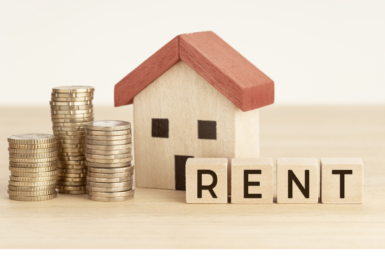What is a depreciation schedule, and why do you need it?

Depreciation is often overlooked when it comes to the deductions you make each year at tax time. It’s easy to do given depreciation is a non-cash deduction.
On average, in the first financial year, investors can expect to claim around $9,000 in depreciation deductions.
There are two types of depreciation — capital works and plant and equipment assets. In this article, we’ve outlined what you should keep in mind to ensure you maximise your deductions each financial year.
Capital works deductions
Wear and tear to the structure of your property, along with items that are repaired, such as the roof, walls, doors, and cupboards can be claimed as a capital works deduction. This type of deduction can be claimed on properties that were built after 15 September 1987. The deduction rate of capital works is 2.5 per cent each year for forty years. For properties built before 15 September 1987, it’s worth checking if your property has undergone any renovations as these may be eligible for capital works deductions.
Plant and equipment assets deductions
Fixtures and fittings that can be removed easily from your property are classified as plant and equipment assets. These assets may include carpet, blinds, air-conditioners, hot water systems and smoke alarm systems. The Australian Taxation Office sets the effective life of such items, and your depreciation deductions will be based on the ATO’s calculations.
What are the regulations around depreciation?
It’s important to remember that, under legislation passed on November 2017, owners of established residential properties purchased after 9 May 2017 can’t claim deductions on plant and equipment assets that have been previously used. Investors can still claim depreciation on brand new plant and equipment assets once it’s producing an income. This means the property needs to be leased for you to claim depreciation for new plant and equipment assets.
Renovating and depreciation
If you renovate your rental property, you should consider having a tax depreciation schedule prepared. Further, you can claim depreciation for entitlements you haven’t yet used on any eligible assets in the year these are removed. Remember, if you live in the property while it’s renovated, you won’t be able to claim a depreciation deduction for any plant and equipment installed while you’re in the property. Make sure your property is listed for rent or already leased before you purchase and install any new plant and equipment assets.
Talk to your accountant for tailored advice
Getting a tax depreciation schedule prepared and having a detailed look at potential areas and items you may have forgotten could provide you with thousands of dollars’ worth of deductions. Talk to your accountant to have a depreciation schedule drawn up and seek advice tailored to your unique situation.
Remember, this article does not constitute financial or legal advice.
Please consult your professional financial and legal advisors before making any decisions for yourself.




Join The Discussion